Traditional General Tso’s Chicken
As an Amazon Associate and member of other affiliate programs, I earn from qualifying purchases.
I have always wanted to cook the Chinese dish General Tso’s Chicken. It has always been a favorite of my sons when we order from the Chinese take-out menu. But each time we order from different restaurants, I noticed the General Tso chicken’s colors had varied hues of red and the taste and textures were not consistent. I knew we had been eating the Americanized General Tso’s Chicken far too long. There was a better way to serve this dish to my family, I said to myself. So I have been in search of an authentic recipe for a long time. That search is over. I found the right recipe in the cookbook Phoenix Claws and Jade Trees.
My good friend, fellow IACP member and award-winning author Chef Kian Lam Kho sent me his beautiful cookbook Phoenix Claws and Jade Trees: Essential Techniques of Authentic Chinese Cooking. It is a cookbook that helps you learn how to properly cook authentic Chinese food. This is definitely the book for serious culinary aficionados. I am not surprised this cookbook has won highly coveted and prestigious awards in the culinary industry.
What makes this recipe different? This one is savory and spicy altogether. Do not expect a sweet, red dish which is likely the westernized version. The cookbook itself is for the culinary enthusiast who takes traditional cooking to heart.
In the cookbook’s recipe Chef Kian says “This version of General Tso’s Chicken resembles the original created by Peng Chang-Kuei in Taiwan. It is not a traditional Hunan dish, but the technique and flavors are inspired by the chef’s Hunan background. It is NOT as sweet as the American version, and is laced with lots of garlic.”
As I swirled the hot oil inside the shiny Anolon braiser, I dropped the chicken cubes coated with cornstarch and watched the sizzle of the deep frying method in awe. The aroma and the sound of the chicken popping was enough to elicit questions from my family “What’s happening in the kitchen?”
While the newly deep-fried chicken cubes were draining on parchment paper, I prepared the sauce paying close attention to the recipe’s instructions. The dark brown sauce mixture was salty and took on a shiny glazed, thick texture once I reduced it in the Anolon. I quickly added back the chicken cubes, sprinkled the sliced scallions all around and called my family to the table. This is a dish you want to serve while it is warm and the chicken has its crunch. The silky, savory sauce sent out a soft, fragrant aroma of hoisin and soy sauce combined while I arranged the entrée at the center of the table with a bowl of boiled rice. The Anolon cookware was so breathtaking that it is a piece you can cook in and bring straight to the table, while looking elegant and magnificent.
Give this recipe and the cookbook a try. Not just once but for a few times in the kitchen. After all, one does not always get to perfect a dish at the first attempt. When you do, you will wonder why you didn’t discover this version of a crisp, spicy-savory General Tso sooner.
To make my kitchen experience with this cookbook more enjoyable, Anolon sent me a gorgeous, elegant stainless steel Anolon Covered Braiser to make the dish with. This is a 13-inch, heavy duty two-piece gourmet cookware which was a great kitchen helper. Two lucky readers each won the Anolon Braiser and the Phoenix Claws and Jade Trees cookbook last October. Congrats to them and thanks for participating in the giveaway.
Cookbook cover photo provided by Chef Kian Lam Kho.
Traditional General Tso's Chicken
Equipment
- Wok or large skillet - 12 inches in diameter
Ingredients
- 2 Tablespoons Shaoxing cooking wine
- 1 whole large egg white
- 1/2 teaspoon salt
- 1/4 teaspoon ground white pepper
- 1 pound chicken thighs boneless, skinless, cut into 3/4-inch cubes
- 3/4 cup chicken stock
- 1/4 cup Shaoxing cooking wine, for sauce
- 2 Tablespoons Chinkiang black vinegar
- 1 Tablespoon soy sauce
- 1 Tablespoon hoisin sauce
- 2 Tablespoons tapioca starch for sauce
- 1 Tablespoon granulated sugar
- 4 cups vegetable oil
- 3/4 cup tapioca starch
- 3 Tablespoons minced garlic
- 1 Tablespoons minced fresh ginger
- 1/4 cup dried red chilies
- 1 Tablespoon toasted sesame oil
- 1 teaspoon toasted sesame seeds toasted sesame seeds
- 2 - 3 stalks scallion greens, sliced thin
Instructions
- Prepare the marinade: combine the 2 tablespoons Shaoxing cooking wine, egg white, salt, ground white pepper in a bowl. Mix well. Add the chicken cubes and blend the marinade to coat all the meat. Set aside for 20 minutes.
- Prepare the sauce ingredients: mix together in a bowl the chicken stock (or water), Shaoxing cooking wine, black vinegar, soy sauce, hoisin sauce, tapioca starch and sugar. Set this aside.
- In a large wok like the Anolon, over high heat, add the vegetable oil. Heat the oil till it is shimmering. If using a thermometer, this will be about 375 F.
- Separately, in a bowl, coat the chicken cubes with the tapioca starch.
- Once the oil in the wok is hot enough, add the chicken cubes. Deep fry the chicken cubes in about two or three batches. Fry each batch for about 4 minutes till the chicken pieces are golden brown. Drain the chicken on parchment paper or paper towels to remove excess oil.
- Leave about 2 tablespoons of the oil in the Anolon or wok. Discard the rest of the oil which is not needed. Stir fry the garlic and ginger for 30 seconds. Add the chiles and stir fry for another 30 seconds.
- Take the bowl of sauce mixture. Stir it again so starch blends well. Pour this starch mixture into the Anolon or wok. Cook till the sauce thickens. This will take about one minute.
- Gather the crisp cooked chicken cubes and add them back to the wok with the sauce. Blend ingredients well.
- Season with the sesame oil and stir the chicken pieces so the oil distributes evenly.
- Garnish with toasted sesame seeds and sliced scallion greens.
- Ingredient information: Tapioca starch is a personal favorite of Chef Kian Lam Kho because it produces the smoothest sauce and crispier fried crust. (I substituted with cornstarch for this recipe). Chiankiang Black Vinegar is made from rice wine with additional grains, fruits and herbs. It is aged from 3 to 6 months. Both ingredients can be found in Asian markets or online sources.
- About Phoenix Claws and Jade Trees: Essential Techniques of Authentic Chinese Cooking (Clarkson Potter New York): This cookbook is for you if you've always wanted to know the essentials of authentic Chinese cuisine. It offers an introduction to Chinese home cooking, a rich history of Chinese cuisine and geography plus pantry basics and ingredients one needs. The award-winning cookbook offers 158 recipes, 200 photographs, with step-by-step images to show cooking procedures. Recipes range from simple to slightly more involved authentic favorites like the General Tso's Chicken or Pork Shank Soup with Winter Bamboo. Chef Kian teaches the soul of Chinese cooking and makes it possible for home cooks to master one of the world's favorite cuisines. This cookbook is available where most books are sold.
- About the Author: His first cookbook on Chinese cooking techniques, Phoenix Claws and Jade Trees: Essential Techniques of Authentic Chinese Cooking, is the recipient of the Julia Child First Book Award from the IACP (International Association of Culinary Professionals) in 2016. Based in NYC, Chef Kian teaches Chinese cooking at the Institute of Culinary Education and the Brooklyn Kitchen. He is a frequent guest chef at various restaurants.
- Hello, Friends! All the images and content here are COPYRIGHT PROTECTED. This means BY LAW you are NOT allowed to use my photos or content on your website without my permission. If you want to republish this recipe, please re-write it in your own words and simply link back to this blog to give proper attribution. It’s the legal thing to do. Thank you.

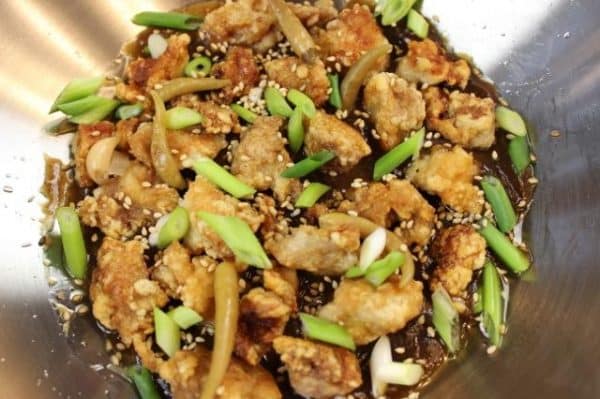
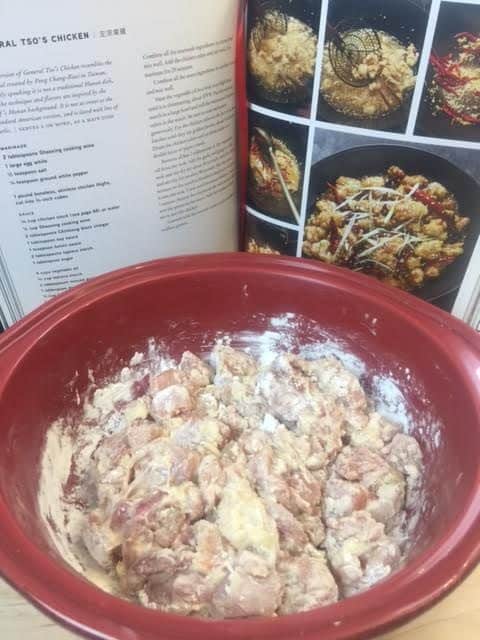
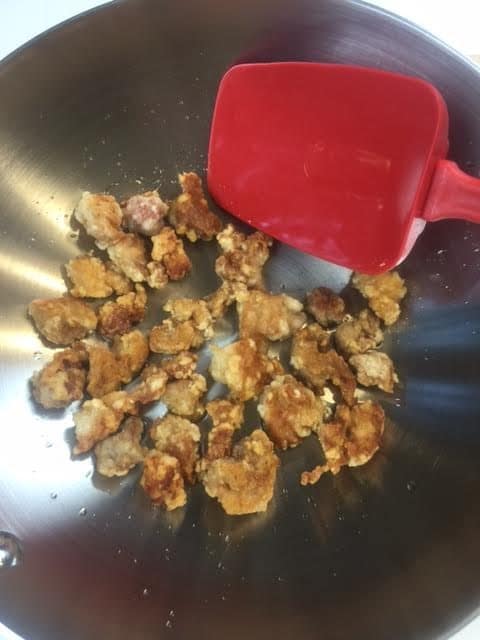
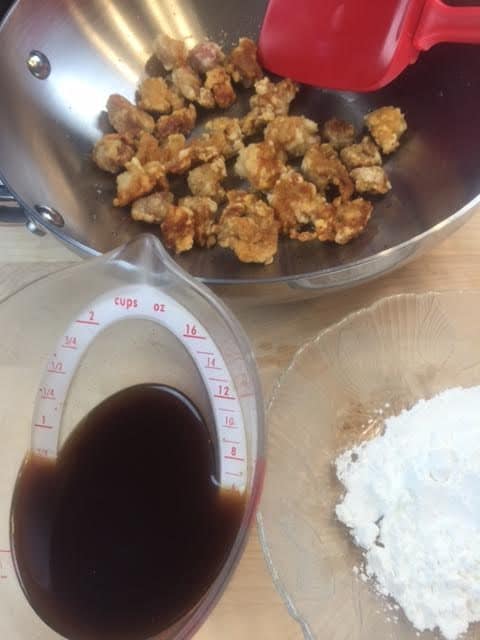
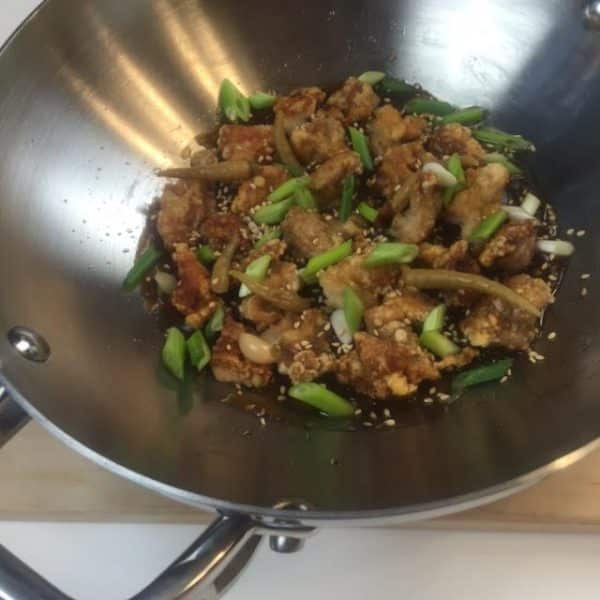
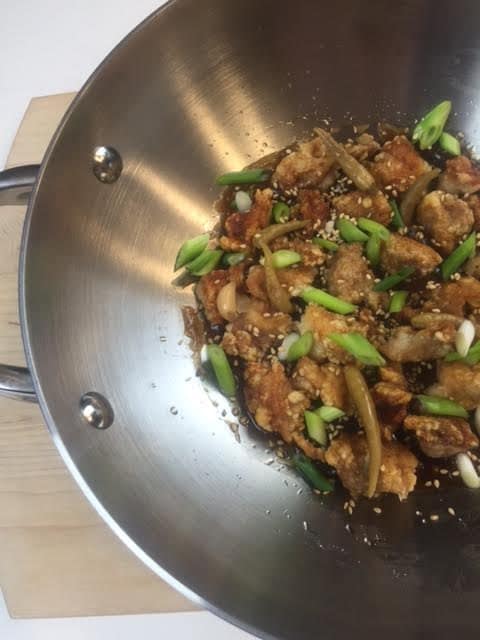
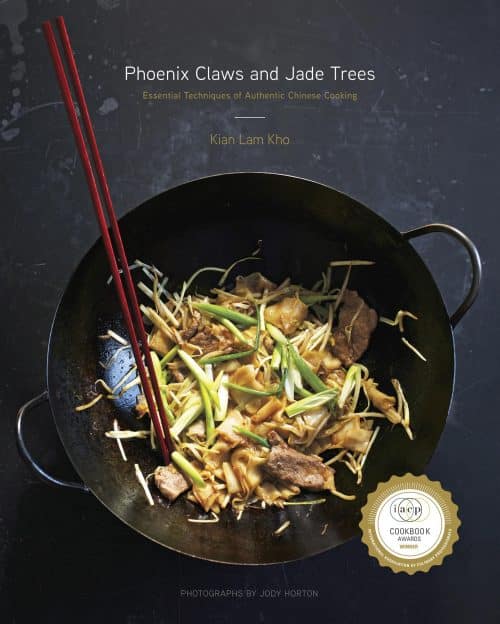
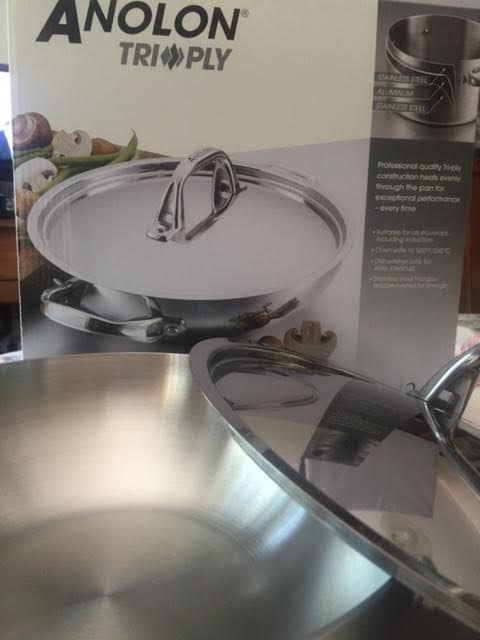
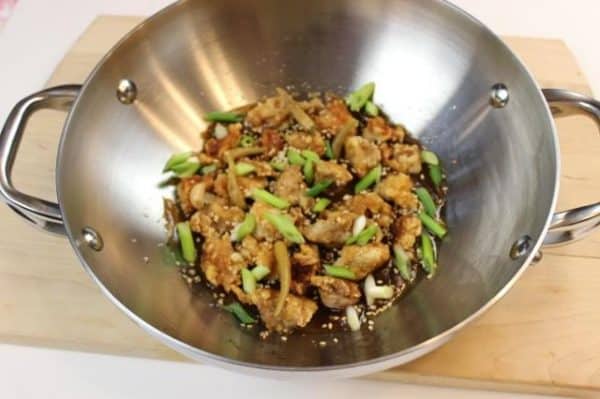
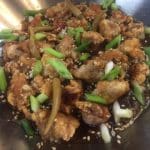


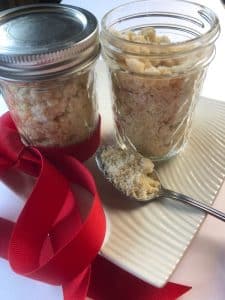
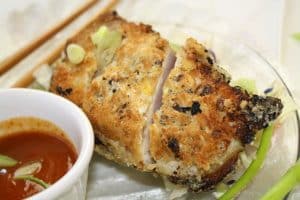
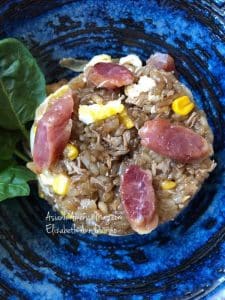

I like Chinese dishes because they remind me of wonderful meals that my mother cooked for our family.
Personally, i don’t like spicy food but the rest of my family does. Every time we order take out or when we go to a Chinese restaurant, General Tso’s is on top of the list. But now that you’ve shared the recipe, I think i am going to try making it at home.
Thank you.
i love the flavors
I love spicy food! And I love Chinese food like this because of the great flavor and texture!
I shared on Pinterest
https://www.pinterest.com/pin/132856257737219061/
Hi – I shared on twitter and pinterest – would love to try to make the recipe you showed us for the General Tsos Chicken, this cookbook looks amazing. I have a carbon steel wok that I just can’t get used to using would love to win this anolon wok
I like dishes like General Tso’s chicken because of the delicious flavors that are different from other cultures’ food.
I pinned the post for my share.
https://www.pinterest.com/pin/299700550186015059/
Nostalgia and just the range of flavors. I spent a semester eating, I mean studying, in China in college. And the range of flavors is so exciting to a Western palate. Oh, and the sheer diversity of ingredients, especially vegetables, is inspiring.
I love Chinese dishes because they always have such great use of various spices.
I pinned it here: https://www.pinterest.com/pin/279012139394141362/